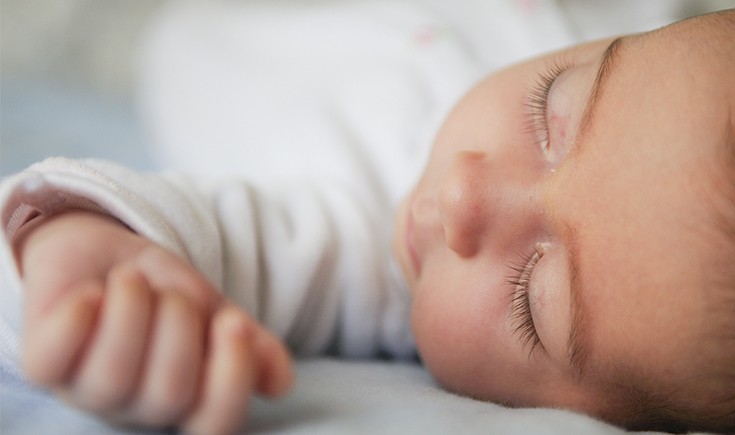

When you’re preparing to welcome your baby into the world, one of the biggest decisions you’ll have to make is where your baby will sleep. Given that new parents are advised to have their baby share a bedroom with an adult for the first six to twelve months to reduce the risk of SIDS, a bassinet is often a practical solution. Smaller than a cot, they take up less space so you can keep your baby close by for feeds and cuddles.
However, you might be surprised to learn that there is no Australian Standard regarding safety for bassinets. The most frequent accidents associated with bassinet use are falls and suffocation hazards, so the Australian government produces guidelines to reduce these risks.
Considerations when choosing a baby safe bassinet
When assessing whether or not a bassinet is safe for your baby to sleep in, you will need to ensure the following (as recommended by Red Nose):
- Ensure that it has a wide stable base and that it is placed on a stable surface.
- Use a size and style to suit your baby’s weight and age (see manufacturer’s instructions).
- Remove all ribbons and ties to prevent strangulation.
- The sides should be at least 300 mm high, measured from the top of the mattress base, and should be made of air-permeable material such as mesh (or breathable zones) on all four sides.
- Use a firm, clean, well-fitting (no gaps) mattress that is flat (not tilted or elevated) and is not thicker than 75mm. Always use the mattress that comes recommended with the bassinet.
- If the legs fold, ensure they can be locked and won’t collapse when used.
- A safe baby sleeping bag which reduces the need for extra bedding is a good alternative when using a bassinet.
- It is recommended that a bassinet type product should be used for a short period only. Once baby becomes active and starts to roll, the baby should be moved into a safe cot.
- Products that are made from cardboard (such as the Finnish baby box) may not be suitable for all Australian climates. Such factors as humidity and dampness may make the box soft and likely to become less rigid and maybe even break when carried.
- Products that sit on the floor may increase the risk of pets sleeping in them or the danger of being tripped over.
- Anything that makes it hard to see the baby in a safe sleeping product (e.g. curtains, mobiles, high box sides) should be avoided.
- Look for one that’s easy to clean, preferably with removable fabric.
Which bassinets fail these key safety requirements?
Because there are no safety standards, CHOICE conducted independent testing in order to make recommendations to Australian families. Their in-house method is based on a typical home setting and other existing safety standards, such as for cots. The concerning results revealed that of the 33 bassinets tested, 24 of them had serious failures.
One incredibly popular trend has failed the testing, and that is the Scandi and natural looking nursery decor featuring bassinets woven from rattan or cane. They look lovely but carry risks such as splinters, rough jagged edges, and the serious risk of limb entrapment in the gaps of the design.
For a full list of bassinets that failed CHOICE safety tests, head to their website. To make an informed choice, you can also see here their reviewed bassinets and bedside sleepers to help you find the best and safest one for your baby. When it comes to decorating a baby’s sleep space, always choose safety over style. If you have the available space, a cot is the safest option. Here are the evidence-based recommendations to sleep your baby safely.
CHOICE, ‘How to buy a bassinet’, https://www.choice.com.au/babies-and-kids/baby-furniture/cots/buying-guides/bassinets
Red Nose, ‘Baby safe sleeping products’, https://rednose.org.au/article/baby-safe-sleeping-products, last modified 2018.























